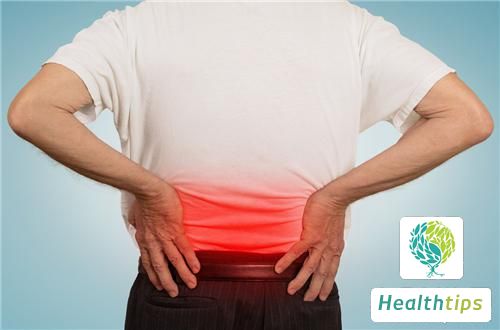When is the Optimal Time for Rehabilitation Training for Cerebral Palsy?
Cerebral Palsy Rehabilitation Training
Cerebral palsy is a very serious condition that occurs in children, affecting their intelligence quotient and often accompanied by symptoms such as epilepsy and sensory impairment. It is one of the main diseases causing motor disabilities in children. Apart from targeted treatment, proper rehabilitation exercises can also help improve the condition. So, what is the best time for cerebral palsy rehabilitation training? Let's take a look.

1. Optimal Time for Cerebral Palsy Rehabilitation Training
Firstly, it is important to identify the specific causes of cerebral palsy and actively treat them. Early detection, diagnosis, and treatment are essential. Generally, the best time for cerebral palsy rehabilitation training is within three to six months after birth, and the best recovery time is before three years of age. Although the effect of rehabilitation training may slow down as the child ages, it can still continue. The most important thing is to start early rehabilitation exercises as soon as possible, as the earlier the training starts, the lower the possibility of developing sequelae from cerebral palsy.
2. Common Home-based Rehabilitation Training Methods for Cerebral Palsy
a. Head Control: Use prone position to train the ability to lift the head. Have the child lie prone, and hold a toy at eye level. Gradually raise the toy to encourage the child to lift their head to look at it. Perform this exercise for at least 30 minutes per day, with the most suitable time being about 10 minutes after meals.
b. Turning Over and Crawling: Place the child on the floor and help them turn over by pulling their clothes from behind and rotating their shoulders. Place a towel under their chest and lift both ends to keep only their hands and knees on the ground. Slowly move forward with them while encouraging them. Assist them with moving their arms and alternating their legs to help them crawl towards a target.
c. Sitting Up Training: Sit the child on your lap with their legs apart. Move your knees to gently tilt them to one side and encourage them to stabilize themselves. Help them sit up by pressing down on their hips and tilting them to the other side. Hold their hips from behind and gently push them to one side, allowing them to turn and sit in different directions. Tilt them to the other side for side sitting.
d. Standing Up by Pulling: An adult can hold one hand of the child with cerebral palsy and guide them from a sitting position to a kneeling position, then help them stand up. When the child grasps the railing of a small bed, the parent can place their hands under the child's armpits to support them while gradually reducing assistance to allow them to maintain their balance.
e. Walking: The key to learning to walk for children with cerebral palsy is learning to shift their body weight. Start by holding both hands and walking forward, gradually transitioning to holding one hand, and eventually achieving independent walking. A walking harness can also be used.
f. Climbing Stairs: Initially, have the child hold one hand on the railing and the other hand on an adult's hand for balance. Gradually encourage them to rely less on adult support and use their own arms and legs to climb the stairs, taking two steps at a time. For older children, encourage them to alternate their feet on each step and practice with music.
g. Balance and Coordination Training: Choose an obstacle-free area or room, and under adult supervision, have the child perform activities such as walking with their eyes closed, following footprints, walking in a straight line, riding a rocking horse, swinging, riding a small tricycle, bouncing a ball, catching a ball, and rolling on the ground. These are all good ways to practice balance and coordination.



















